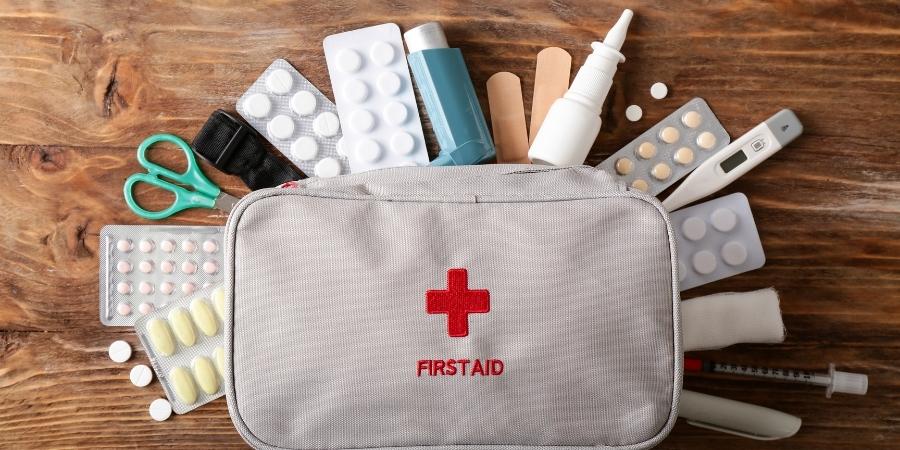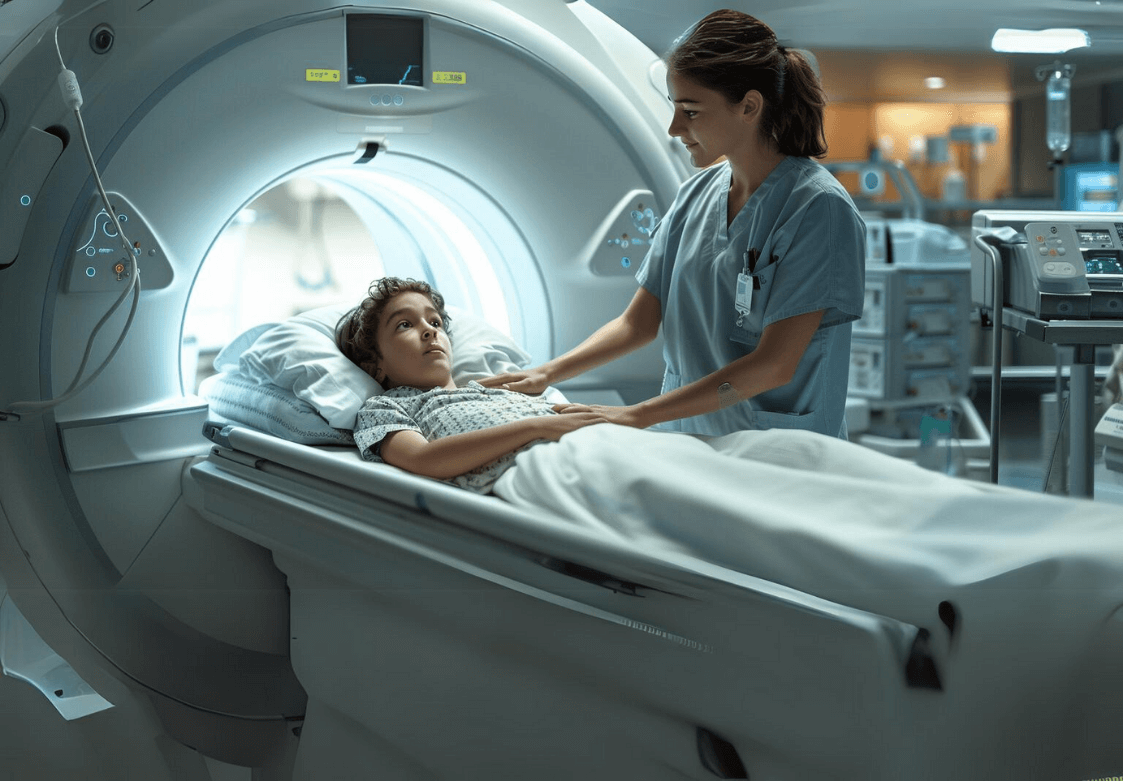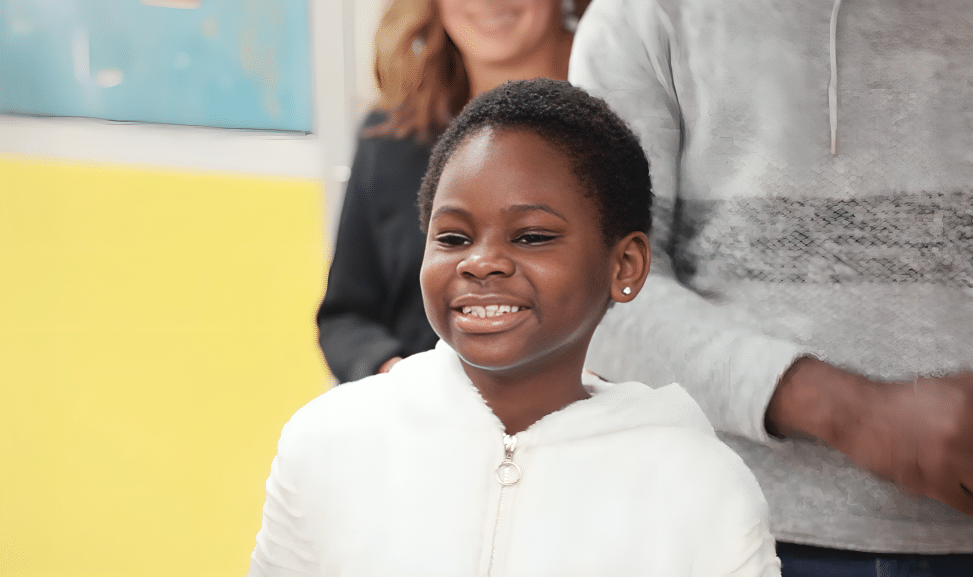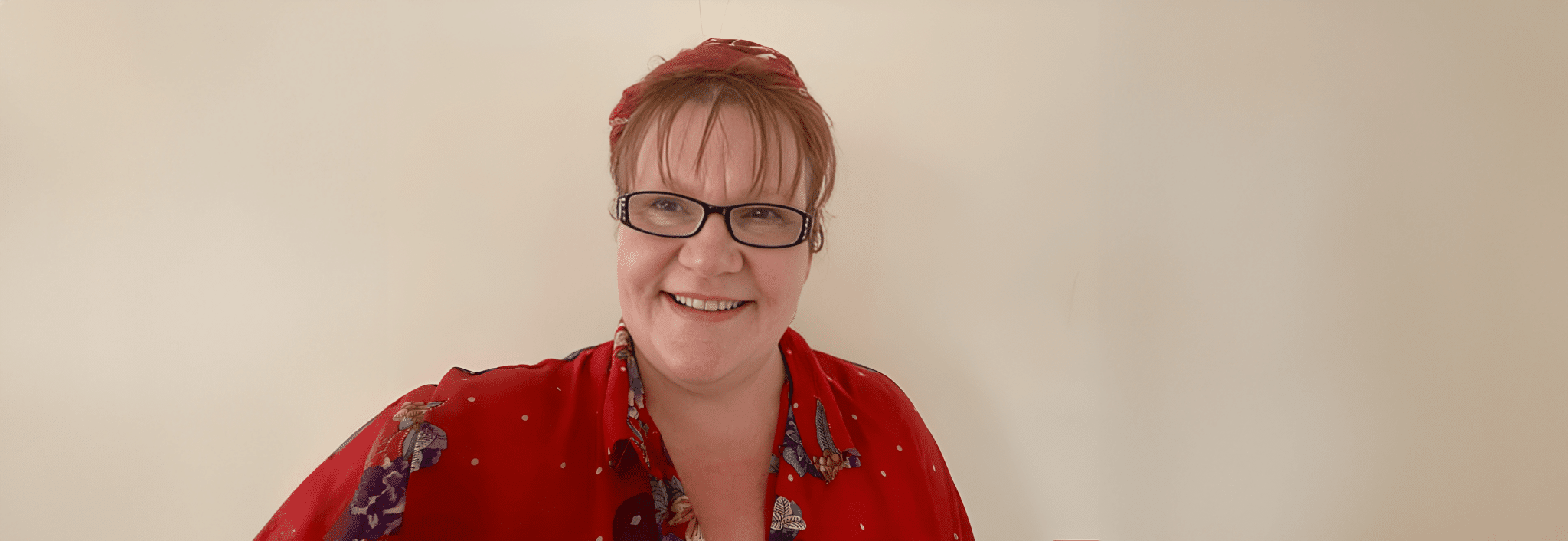Every household needs a complete first aid kit. Whether you’re dealing with minor scrapes and cuts or severe injuries, it’s important to be prepared for any type of accident. There are many different things that you can add to your first aid kit, and they may vary depending on what type of kit you are stocking: for the home, for the car, or for hikes and trips.
When stocking a first aid kit for your home, you should include the following items:
- Adhesive bandages in a variety of shapes and sizes. Cuts and scrapes come in all sizes and can occur on all parts of the body, so be prepared with different types of bandages.
- Gauze dressing pads. For burns, deep cuts, and bigger scrapes and lacerations, you may need to use gauze or compress dressing to clean and cover the wound.
- Gauze dressing with alcohol. Alcohol is used to clean and disinfect the skin, so make sure to use these before dressing a wound.
- Gauze bandage roll. After a gauze dressing is applied, use a gauze bandage roll to keep the dressing in place and to absorb any fluids that get through the first layer.
- Antiseptic gel or cream, such as Polyline. An antiseptic is used to clean wounds and prevent infections caused by bacteria or fungi.
- Antiseptic spray. Antiseptic spray can come in handy for accidents that involve many scrapes or wounds.
- Microporous wound closure strips. Used to secure dressings, the microporous tape is a breathable medical tape that is a necessity in every first aid kit.
- Elastic bandage. Compression bandages are very handy and can be used to secure dressings, keep a sprained ankle or wrist in place, or apply pressure.
- Cotton wool. Cotton is used for cleaning wounds as well as padding and protection.
- Scissors. Scissors can be used for cutting gauze, bandages, and tape, but they may also be necessary for cutting away clothing to expose injured areas.
- Eyewash. Eyewashes can be used to help release a foreign object from the eye or to wash out toxic substances.
- Antihistamine tablets and cream. Used to treat allergic reactions and itchy rashes.
- Medical rubber tourniquet. Tourniquets help to stop blood flow to a wound and limit blood loss. They can be dangerous when not used properly. Learn when a tourniquet may be necessary.
Everyone needs to use a first aid kit at some point, so don’t be caught off guard and unprepared. If you suspect that a wound may require professional medical care, don’t delay a trip to the nearest medical emergency center.




